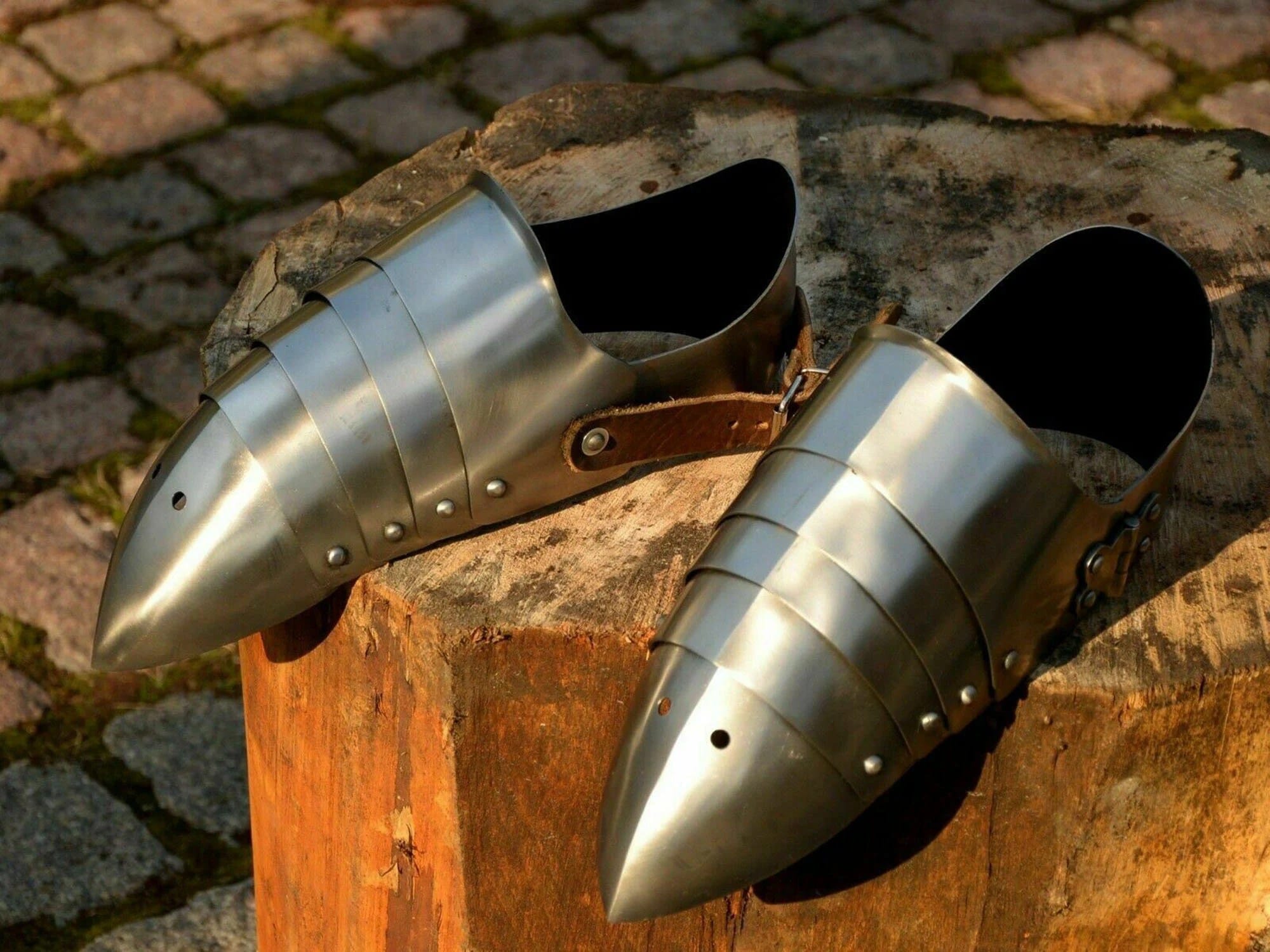Embark on a thrilling journey through time and music with Sabaton, the Swedish heavy metal band that masterfully blends historical narratives with powerful riffs. Discover the intriguing connection between medieval armor and these modern-day rock stars, exploring the epic stories woven into their anthems of war.
Sabaton: From Medieval Armor to Modern Metal
The word “sabaton” evokes images of clinking metal and valiant knights—a fitting association, given the band’s name and their historical focus. But what exactly is a sabaton? This term leads us down two distinct, yet surprisingly interconnected, paths: one tracing back to medieval battlefields and the other to the vibrant world of heavy metal music.
The Medieval Sabaton: Armored Boots of Knights
Imagine a knight preparing for battle, clad in shining armor. Now, look down at his feet – they’re encased in sabatons, steel shoes meticulously designed to protect against the dangers of medieval warfare. These weren’t simple, clunky pieces of metal; sabatons were sophisticated pieces of armor, often crafted from articulated plates to allow for flexibility, crucial for maneuvering in full plate armor. Over time, their design evolved, likely influenced by both evolving combat needs and the ever-shifting trends in civilian footwear. Early sabatons, appearing around the mid-14th century, mirrored the prevailing fashion of pointed-toe shoes, while later versions transitioned to a wider, rounded “duckbill” shape, possibly offering improved comfort and practicality.
Sabaton the Band: Heavy Metal History Lessons
Fast forward to 1999 in Falun, Sweden. A group of metalheads formed a band, choosing the name “Sabaton”—likely a deliberate nod to their passion for military history. This fascination permeates their music, with lyrics that chronicle battles, heroism, and the human cost of war. Sabaton isn’t merely a band; it’s a phenomenon, skillfully bridging entertainment and education. Their music sparks curiosity about historical events, transforming listeners into eager students of the past, and their energetic live shows cultivate a vibrant global community united by a shared love for powerful metal and historical exploration.
This unique blend of music and history has positioned Sabaton as a genuine force in the music world. More than just musicians, they are storytellers, educators, and entertainers who inspire and captivate audiences worldwide. Their music acts as a “shield of sound” against the passage of time, ensuring that the stories of the past continue to resonate in the present. They’ve taken the concept of the sabaton, those protective pieces of medieval armor, and forged it into something new: a testament to the power of music to preserve and transmit history.
The Point of the Pointy Sabaton: Fashion vs. Function
So, why were those early sabatons so pointy? While the image of a knight charging into battle with these sharply-toed boots might seem iconic, the reality is probably more nuanced. The long, pointed toes primarily reflected the fashion trends of the 14th and 15th centuries. Just like today’s designer footwear, the length of the point likely signified social status, particularly in France, where regulations even dictated how long a noble’s toe could be.
While movies and video games often depict fully-armored knights engaging in hand-to-hand combat while wearing sabatons, this was likely rare. Imagine trying to maneuver effectively on a muddy battlefield encumbered by heavy metal boots with extended toes! Knights probably favored more practical footwear, such as leather boots or shoes, when fighting on foot, prioritizing mobility and grip.
The later transition to “duckbill” sabatons might have been influenced by changing fashion, but it also suggests potential improvements in battlefield practicality. A wider toe could have offered better balance and stability. This evolution highlights the constant interplay between fashion and function, even in the realm of medieval warfare. Ongoing research continues to explore the intricacies of medieval footwear, so our understanding of sabatons may continue to evolve.
Beneath the Sabaton: Uncovering the Footwear of Medieval Knights
Sabatons protected the tops of knights’ feet, but what did they wear underneath? Imagine the discomfort of clomping around in metal shoes all day! To alleviate this, soldiers wore regular leather footwear beneath their sabatons, providing padding and flexibility. This allowed for easier movement, whether on foot or horseback, and offered crucial comfort during long marches and battles.
The exact style of this under-footwear probably varied depending on the individual, region, and time period. Some might have worn simple leather shoes, while others may have opted for higher boots for added ankle support. It’s also plausible that padding or extra socks were used for additional comfort, though direct evidence of these softer materials is rare. The construction of sabatons allowed for this flexibility, prioritizing a balance between protection and mobility, a crucial consideration for medieval armorers. Sabatons were particularly essential for mounted knights, providing crucial foot protection against accidental impacts and errant attacks. Through a combination of archaeological discoveries, surviving artwork, and historical texts, our understanding of medieval footwear, and what was worn under sabatons, continues to improve.
Be sure to check out our famous legendary Thyestes’ feast tale. Also, discover the epic legend of Pyramus and Thisbe, the story of a young couple whose love is forbidden because of their feuding families.
- Red Cloud, NE: Discover Willa Cather’s Legacy - April 11, 2025
- Remember Old Social Media Sites? Their Rise and Fall - April 11, 2025
- How many days till Feb 3?Accurate Countdowns & Tools - April 11, 2025
















